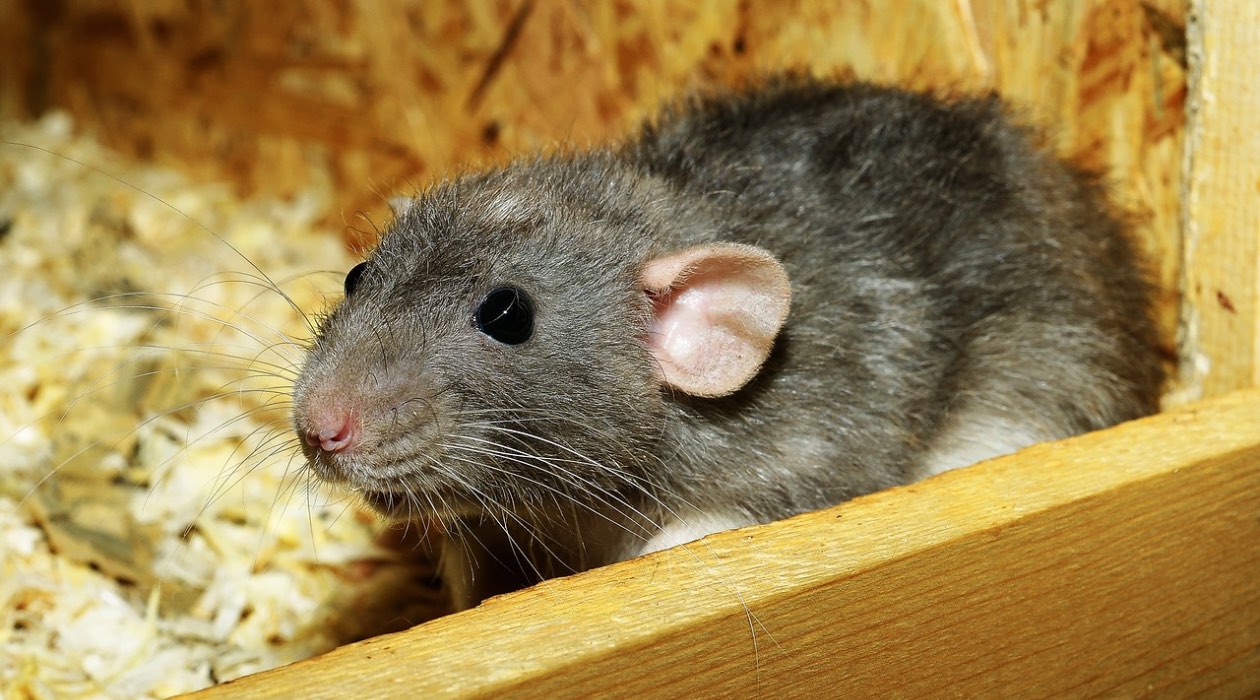

Articles
How To Get Rid Of Rodents In Your Attic
Modified: October 20, 2024
Learn effective methods and techniques in our informative articles on how to get rid of rodents that have invaded your attic.
(Many of the links in this article redirect to a specific reviewed product. Your purchase of these products through affiliate links helps to generate commission for Storables.com, at no extra cost. Learn more)
Introduction
Having rodents in your attic can be a nightmare. These unwanted house guests can cause extensive damage to your property and pose health risks to you and your family. From chewed wires to contaminated insulation, the consequences of a rodent infestation can be costly and hazardous. However, by taking proactive measures and following the right steps, you can effectively get rid of rodents in your attic and restore peace and safety to your home.
Rodents, such as rats and mice, are attracted to attics because they offer a warm and sheltered environment, ample nesting materials, and a potential food source. Once they gain access to your attic, they can quickly multiply and wreak havoc. It’s important to identify the signs of a rodent infestation early on to prevent further damage and control the population.
In this article, we will guide you through the process of eliminating rodents from your attic. We will discuss how to identify the signs of a rodent infestation, the common rodent species you may encounter, and the steps to take to assess the extent of the damage. We will also provide you with preventive measures to keep rodents from reentering your attic, along with effective methods to trap and remove these pests. Additionally, we will cover the necessary steps to sanitize and clean your attic after rodent removal, and when it might be advisable to seek professional help.
By following the advice and tips outlined in this article, you will be equipped with the knowledge and tools necessary to get rid of rodents in your attic and protect your home from these unwanted guests. So, let’s dive in and discover how to reclaim your attic space and ensure a rodent-free environment for you and your loved ones.
Key Takeaways:
- Identifying signs of rodent infestation, assessing damage, and implementing preventive measures are crucial steps in effectively getting rid of rodents in your attic. Stay vigilant and take proactive measures to maintain a rodent-free environment.
- Trapping and removing rodents, followed by thorough sanitization and cleaning, are essential for restoring a safe and healthy attic space. Consider seeking professional help for severe infestations or health concerns to ensure effective eradication.
Read more: How To Get Rid Of Possums In Your Attic
Signs of Rodent Infestation
Rodents are nocturnal creatures that are good at hiding, so spotting their presence can be challenging. However, there are several telltale signs that indicate a rodent infestation in your attic. By being vigilant and observant, you can quickly identify these signs and take prompt action to eliminate the problem. Here are the common signs of a rodent infestation to watch out for:
- Droppings: Rodents, especially mice and rats, leave behind small, cylindrical droppings that resemble dark grains of rice. You will often find these droppings along their regular travel routes, near food sources, or in hidden corners of your attic.
- Gnawed Wires and Wood: Rodents have a tendency to chew on almost anything, including electrical wires, insulation, and wooden structures. If you notice chewed wires or wood shavings in your attic, it’s a clear sign of rodent activity.
- Unusual Noises: Rodents are active at night, and you may hear scratching, scurrying, or squeaking noises coming from your attic. These sounds are a clear indication that rodents have made themselves at home in your attic space.
- Visible Nests: Rodents love to build nests using shredded materials, such as paper, insulation, and fabric. If you spot small nests or piles of shredded material in your attic, it’s a clear sign that rodents are present.
- Foul Odor: Rodents release urine and feces, which can result in a strong, musty odor. If you detect a foul smell in your attic, it could be a sign of a rodent infestation.
- Footprints and Smudge Marks: Rodents frequently travel along the same path, leaving greasy smudge marks or footprints on surfaces. Look for these marks on walls, wires, and pipes in your attic.
Keep in mind that the presence of one or two of these signs does not necessarily mean you have a full-blown infestation. However, if you notice multiple signs or consistently come across these indicators, it’s crucial to take immediate action to prevent the problem from worsening.
Identifying the Rodent Species
When dealing with a rodent infestation in your attic, it’s important to determine the specific type of rodent species you’re dealing with. This knowledge can help you tailor your approach to effectively eliminate the problem. While there are various rodent species, the most common ones found in attics are rats and mice. Here’s how you can identify them:
- Rats: Rats are usually larger in size compared to mice. Norway rats and roof rats are the two most common species found in attics. Norway rats have a stout build, with a body length of 7-9 inches. They have a blunt nose, small ears, and a thick, scaly tail. Roof rats, also known as black rats, are slender with a body length of 6-8 inches. They have a pointed nose, large ears, and a long, thin tail.
- Mice: Mice are smaller in size compared to rats. The most common types of mice found in attics are house mice and deer mice. House mice have a compact body, typically measuring 2.5-4 inches in length. They have a pointed nose, large ears, and a long, slightly hairy tail. Deer mice are slightly larger, measuring 3-4 inches in length. They have a bi-colored tail, with a white underside and a dark upper side.
It’s important to note that identifying the rodent species is not always easy, especially if you only come across their droppings or damage. If you are unsure of the rodent species you’re dealing with, consider seeking professional help or consulting local resources for further assistance.
Knowing the specific species of rodents in your attic can also help you understand their behavior patterns, nesting preferences, and food choices. This knowledge can be valuable when implementing targeted control measures and choosing appropriate trapping methods.
Remember, regardless of the rodent species, it’s crucial to take immediate action to eliminate the infestation and prevent further damage to your attic and home.
Assessing the Damage
Once you have identified the presence of rodents in your attic, it’s important to assess the extent of the damage they have caused. This evaluation will help you determine the necessary steps to take for effective eradication and restoration. Here are key areas to consider when assessing the damage caused by rodents:
- Structural Damage: Rodents can chew through electrical wires, wooden beams, insulation, and other building materials in your attic. Inspect these areas for noticeable damage, such as chewed wires or gnaw marks on wood.
- Contaminated Insulation: Rodents often use insulation materials for nesting. Check your attic’s insulation for signs of disturbance, nests, or shredded insulation.
- Damage to Stored Items: If you use your attic for storage, rodents may have damaged or contaminated your belongings. Look for signs of gnaw marks or droppings on stored boxes or furniture.
- Water Damage: Rodents can cause water damage by chewing through pipes or causing leaks. Check for any signs of water damage or dampness in your attic.
- Health Hazards: Rodents can carry diseases and parasites. Assess the potential health risks by looking for signs of droppings, urine stains, or foul odors.
By thoroughly examining these areas, you can better understand the extent of the damage and prioritize which areas need immediate attention. Keep in mind that extensive damage or health risks may require professional assistance to ensure proper restoration and mitigation measures are taken.
Taking the time to assess the damage caused by rodents in your attic will help you make informed decisions regarding the appropriate eradication methods, cleanup procedures, and necessary repairs. By addressing the damage, you can protect the value and integrity of your home and restore it to a safe and healthy living space.
Preventive Measures
Prevention is key when it comes to keeping rodents out of your attic. By implementing preventive measures, you can significantly reduce the risk of a rodent infestation and avoid the costly consequences that come with it. Here are some effective preventive measures to consider:
- Sealing Entry Points: Inspect your attic for any gaps, cracks, or openings that rodents can use to gain access. Seal these entry points with steel wool, caulk, or other appropriate materials to prevent rodents from entering.
- Trimming Vegetation: Rodents can use overhanging branches and vegetation as a bridge to your attic. Trim trees and shrubs near your house to minimize the possibility of easy access for rodents.
- Secure Trash and Food Sources: Keep trash bins tightly sealed and clean up any spilled food in and around your home. Rodents are attracted to easily accessible food sources, so eliminating their access to these sources is crucial.
- Storage Organization: Keep your attic organized and clutter-free. Avoid storing cardboard boxes or other rodent-friendly materials in your attic, as rodents can chew through them to create nesting areas.
- Regular Cleaning: Regularly clean your attic to remove any potential attractions for rodents, such as food crumbs or nesting materials. A clean and well-maintained attic is less welcoming to rodents.
- Pest-Proofing Your Home: Take steps to pest-proof your entire home, including sealing cracks and gaps in the foundation, installing door sweeps, and ensuring windows have screens in good condition. By making your entire home less attractive to rodents, you reduce the risk of them entering your attic.
By implementing these preventive measures, you can create an inhospitable environment for rodents and minimize the likelihood of an infestation. In combination with regular inspections and maintenance, these measures will help protect your attic and home from rodent intrusions.
Remember, prevention is always easier and more cost-effective than dealing with a full-blown infestation. By taking proactive steps to rodent-proof your home, you can enjoy a pest-free living space and avoid the headaches and expenses associated with an attic rodent problem.
Seal all entry points into your attic, including gaps around pipes and vents. Set traps or use bait stations to catch and remove rodents. Keep the attic clean and clutter-free to discourage nesting.
Read more: How To Get Rid Of Bats In The Attic
Sealing Entry Points
One of the most effective preventive measures to keep rodents out of your attic is to seal all potential entry points. By blocking off their access, you can greatly reduce the chances of rodents finding their way into your home. Here’s a step-by-step guide on sealing entry points to fortify your attic against rodent intrusion:
- Inspect Your Attic: Begin by thoroughly inspecting your attic for any gaps, cracks, or openings that rodents could use to enter. Pay close attention to areas where utility pipes, cables, or vents pass through walls or the roof. Check for damaged or missing vents as well.
- Identify Weaknesses: Use a flashlight to help you spot any potential weaknesses in your attic’s structure. Look for holes, damaged screens, or gaps in the walls and windows. Rodents can squeeze through even the tiniest openings, so be thorough in your examination.
- Seal with Steel Wool: Use coarse-grade steel wool to fill in small gaps and holes. Rodents are unable to chew through steel wool, making it an effective barrier. Pack the steel wool tightly into the openings, ensuring there are no gaps or spaces left.
- Apply Caulk or Sealant: For larger gaps or cracks, use silicone caulk or other appropriate sealants to seal them shut. Apply the caulk generously, ensuring a complete and thorough seal. This will prevent rodents from being able to squeeze through these openings.
- Use Hardware Cloth: For larger openings, such as damaged vents or holes, consider using hardware cloth. Cut the cloth to the appropriate size and secure it over the opening using screws or staples. This allows for proper airflow while preventing rodent entry.
- Focus on Exterior Entry Points: While sealing entry points in your attic is crucial, don’t forget to address the exterior of your home as well. Inspect the foundation, siding, and roof for any gaps or openings that rodents could exploit. Seal these areas with the appropriate materials to create a comprehensive barrier.
It’s essential to be thorough and meticulous when sealing entry points. Keep in mind that rodents are persistent and resourceful, so even the smallest opening can provide them with access. Proactive measures like sealing entry points will help protect your attic from rodent infestations and maintain a pest-free home.
Remember to regularly inspect and maintain the integrity of your attic’s seals. Over time, weather conditions and general wear and tear can create new entry points. By remaining vigilant and addressing any issues promptly, you can ensure that your attic remains a secure and rodent-free environment.
Trapping and Removing Rodents
When it comes to getting rid of rodents in your attic, trapping and removing them is often the most effective method. By using appropriate traps, you can safely and humanely capture the rodents and relocate them away from your home. Here are some steps to follow when trapping and removing rodents from your attic:
- Choose the Right Traps: There are various types of traps available, such as snap traps, live traps, and glue traps. Research and select the traps that are most suitable for the size and species of rodents you are dealing with.
- Set the Traps Correctly: Place the traps in areas where you have seen signs of rodent activity, such as near droppings or gnawed wires. Position the traps along walls or travel routes, as rodents tend to follow these paths.
- Bait the Traps: Use appropriate bait to attract the rodents. Peanut butter, chocolate, or small pieces of fruit can be effective baits. Be sure to secure the bait to the trap to prevent the rodents from easily taking the bait without triggering the trap.
- Place Multiple Traps: It’s important to set multiple traps to increase your chances of success. Rodents are cautious creatures, and setting multiple traps improves your odds of capturing them.
- Check and Empty the Traps: Inspect the traps regularly to see if any rodents have been caught. If a trap is triggered, handle it with caution and dispose of the trapped rodent properly, following local regulations or guidelines.
- Release the Rodents: If using live traps, relocate the captured rodents far away from your property, preferably to a wooded area or designated wildlife habitat. Make sure the release location provides a safe environment for both you and the rodent.
Keep in mind that trapping rodents requires patience and persistence, as it may take some time to capture all of them. Monitor the traps regularly and reset them as needed until you no longer catch any rodents, ensuring that you have effectively eliminated the infestation.
It’s crucial to handle traps and captured rodents with care. Wear gloves when setting and checking traps, and avoid direct contact with rodents to reduce the risk of disease transmission. Take necessary precautions to protect yourself and follow proper disposal procedures for trapped rodents.
If you are unsure about trapping and removing rodents or prefer not to handle the process yourself, it’s advisable to seek professional help. Pest control experts have the knowledge and experience to effectively and safely handle rodent infestations.
Remember, trapping and removing rodents is just one step in the overall process of eliminating a rodent infestation. After capturing the rodents, it’s essential to follow proper cleaning and sanitation procedures to ensure a rodent-free and hygienic attic environment.
Sanitizing and Cleaning the Attic
After successfully removing the rodents from your attic, it’s important to sanitize and clean the space to eliminate any lingering odors, potential health hazards, and traces of rodent activity. Proper sanitization and cleaning will restore your attic to a safe and healthy environment. Here are the steps to follow when sanitizing and cleaning your attic after rodent removal:
- Wear Protective Gear: Before starting the cleaning process, put on gloves, a mask, and preferably coveralls to protect yourself from potential allergens or contaminants.
- Remove Contaminated Materials: Dispose of any contaminated insulation, nesting materials, or damaged items that cannot be salvaged. Place these materials in sealed trash bags and promptly remove them from your home.
- Thoroughly Vacuum: Use a high-powered vacuum cleaner with a HEPA filter to clean the attic. Vacuum all surfaces, including the floors, walls, and beams, to remove dust, droppings, and other debris. Pay special attention to areas where rodents were active.
- Disinfect and Deodorize: Mix a solution of 1 part bleach to 10 parts water or use a commercial disinfectant. Using a sprayer or a cloth, apply the solution to areas that were heavily contaminated by rodents. This will help kill any remaining bacteria or parasites and neutralize odors.
- Seal Entry Points: Before completing the cleaning process, ensure that all entry points have been sealed properly to prevent future rodent infestations. Use steel wool, caulk, or other appropriate materials to seal any gaps or openings in your attic.
- Monitor and Maintain: Regularly inspect your attic after cleaning to ensure no signs of rodent activity reappear. Stay vigilant and address any new entry points or signs of infestation promptly.
It’s important to note that if the infestation was severe or you feel uncomfortable handling the cleaning process yourself, consider hiring professionals to sanitize and clean your attic. They have the necessary expertise and equipment to effectively and safely perform the task.
Maintaining a clean and well-maintained attic is key to preventing future rodent infestations. Regularly check and seal any potential entry points, keep the area clutter-free, and promptly address any signs of rodent activity. By implementing these preventive measures and maintaining good hygiene, you can significantly decrease the likelihood of another rodent infestation in your attic.
Seeking Professional Help
While you can take several DIY approaches to get rid of rodents in your attic, there are instances where seeking professional help is the best course of action. Professional pest control experts have the knowledge, experience, and specialized tools to effectively eradicate rodent infestations and ensure your attic remains rodent-free. Here are some scenarios where it may be advisable to seek professional help:
- Large or Persistent Infestations: If you’re dealing with a large or persistent infestation, it’s best to consult with professionals. They have the expertise to assess the extent of the problem and implement comprehensive eradication measures.
- Dangerous or Hard-to-Reach Areas: Attics can have difficult-to-access areas, making it challenging to trap or remove rodents. Professionals have the necessary equipment and techniques to safely reach and handle these areas.
- Health Concerns: If you have allergies, respiratory conditions, or are concerned about the potential health risks associated with rodent droppings or urine, it’s recommended to hire professionals who can handle the cleanup and disinfection process safely.
- Repeat Infestations: If you’ve previously attempted DIY methods but have experienced repeat infestations, professionals can identify the underlying causes and implement long-term solutions to prevent future rodent problems.
- Time Constraints: Busy schedules may make it difficult to dedicate sufficient time and effort to deal with a rodent infestation effectively. Professionals can quickly and efficiently eliminate the infestation, saving you time and ensuring the job is done properly.
When considering professional help, research and choose a reputable pest control company. Look for experienced professionals who specialize in rodent control and have a track record of successfully dealing with attic infestations. Obtain multiple quotes, ask for references, and ensure the company is licensed and insured.
Professional pest control services not only handle the eradication process but also provide valuable guidance on preventive measures to keep rodents from returning. They can offer advice on sealing entry points, maintaining proper sanitation, and implementing long-term strategies to ensure your attic remains rodent-free.
Remember, seeking professional help can provide peace of mind, ensure effective rodent removal, and help minimize the risks of further damage or future infestations. Don’t hesitate to reach out to professionals when needed, as they have the expertise to handle even the most challenging rodent situations.
Read more: How To Get Rid Of Termites In The Attic
Conclusion
Dealing with rodents in your attic can be a frustrating and potentially hazardous situation. However, by following the right steps and implementing preventive measures, you can effectively get rid of rodents and restore a safe and healthy environment in your home.
To start, it’s important to identify the signs of a rodent infestation and determine the specific rodent species you are dealing with. This knowledge will help you tailor your approach and understand their behavior patterns. Assessing the damage caused by rodents in your attic is crucial to determine the necessary steps for eradication and restoration.
Implementing preventive measures such as sealing entry points, trimming vegetation, securing food sources, and regularly maintaining cleanliness in your attic can significantly reduce the risk of rodent infestations. By taking these proactive steps and addressing potential vulnerabilities, you fortify your attic against rodent intrusion.
In the event of an infestation, trapping and removing rodents using appropriate traps is an effective method. Proper baiting, trap placement, and regular monitoring are essential in capturing rodents and preventing future infestations.
After successfully removing the rodents from your attic, sanitizing and cleaning the space is crucial. Proper disposal of contaminated materials, thorough vacuuming, disinfection, and sealing entry points will ensure your attic is safe and free from any health hazards or odors.
If the infestation is severe, you have health concerns, or previous DIY attempts were unsuccessful, seeking professional help is advisable. Pest control experts have the knowledge, experience, and specialized tools to effectively eliminate rodent infestations and provide long-term solutions.
In conclusion, by being vigilant, proactive, and taking the appropriate steps outlined in this article, you can successfully get rid of rodents in your attic. Remember, prevention is key, so regular inspections, maintenance, and implementing preventive measures will help keep your attic rodent-free and maintain a healthy living environment for you and your family.
Frequently Asked Questions about How To Get Rid Of Rodents In Your Attic
Was this page helpful?
At Storables.com, we guarantee accurate and reliable information. Our content, validated by Expert Board Contributors, is crafted following stringent Editorial Policies. We're committed to providing you with well-researched, expert-backed insights for all your informational needs.
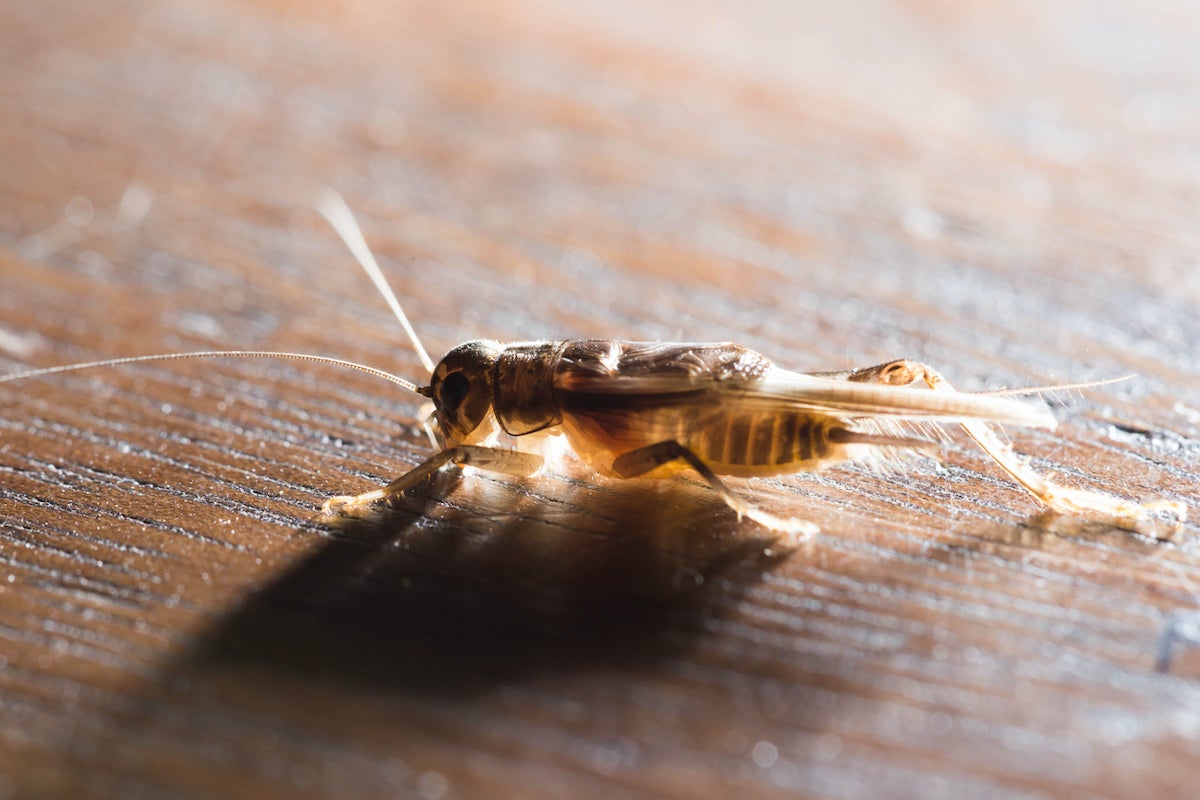


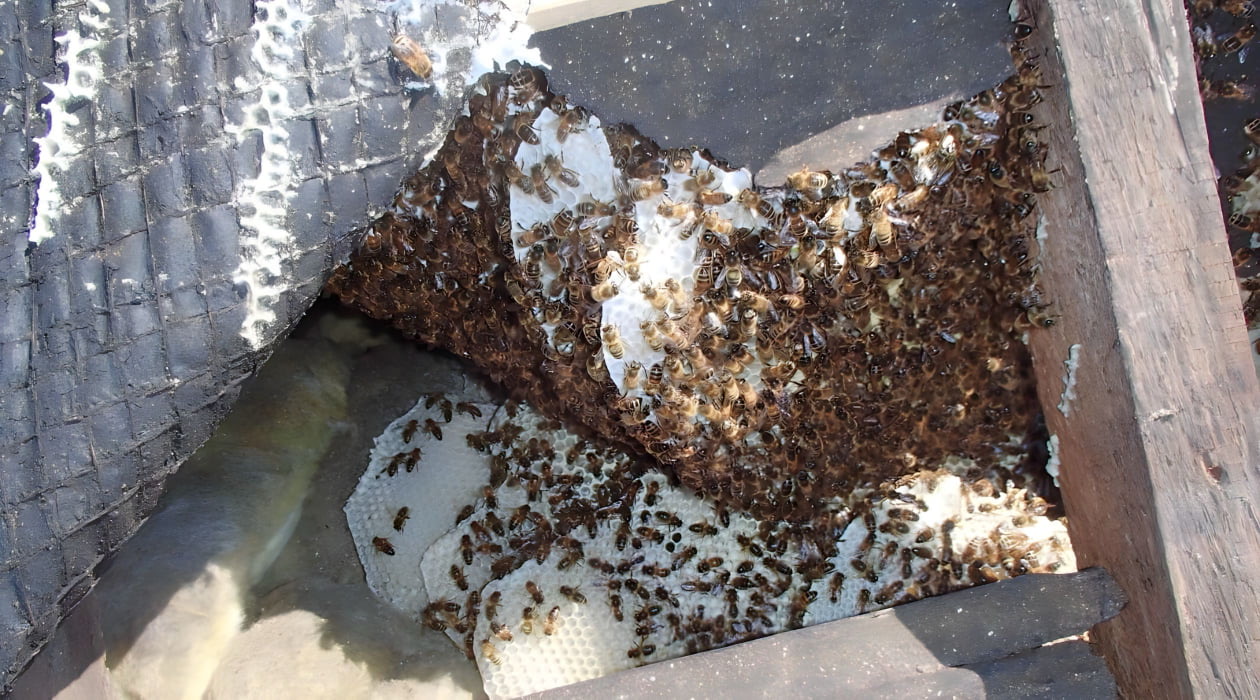
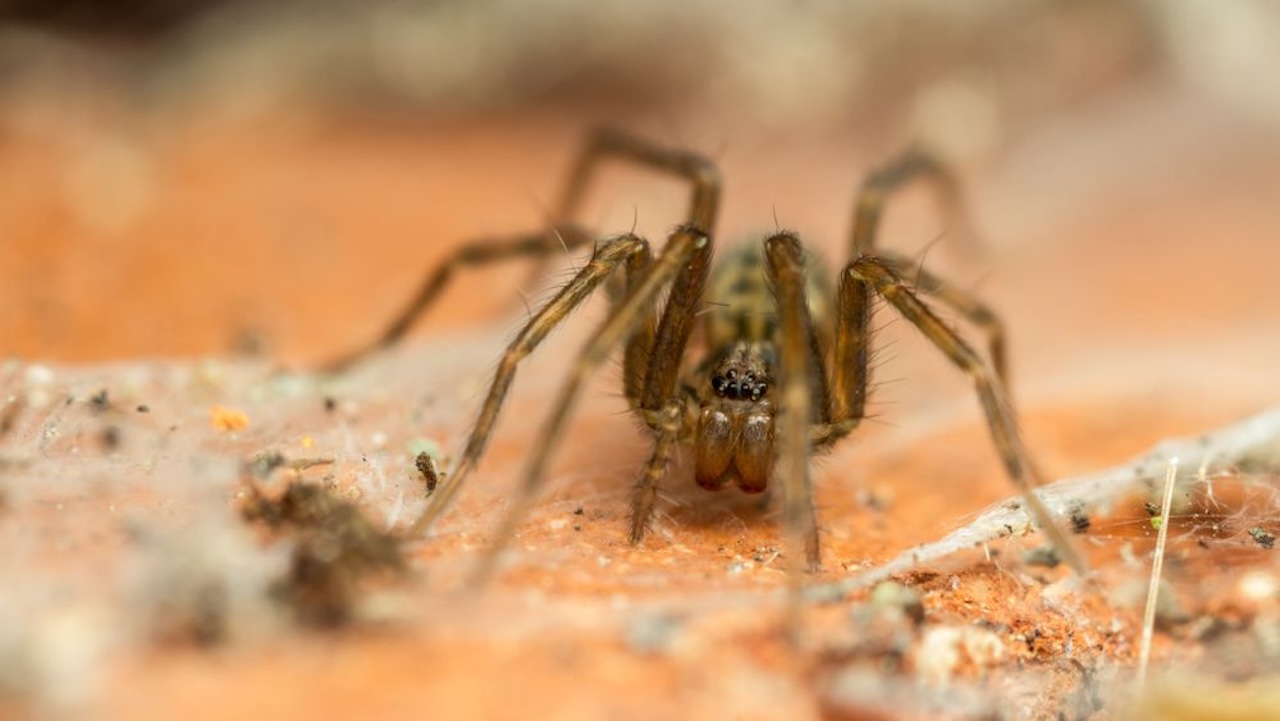
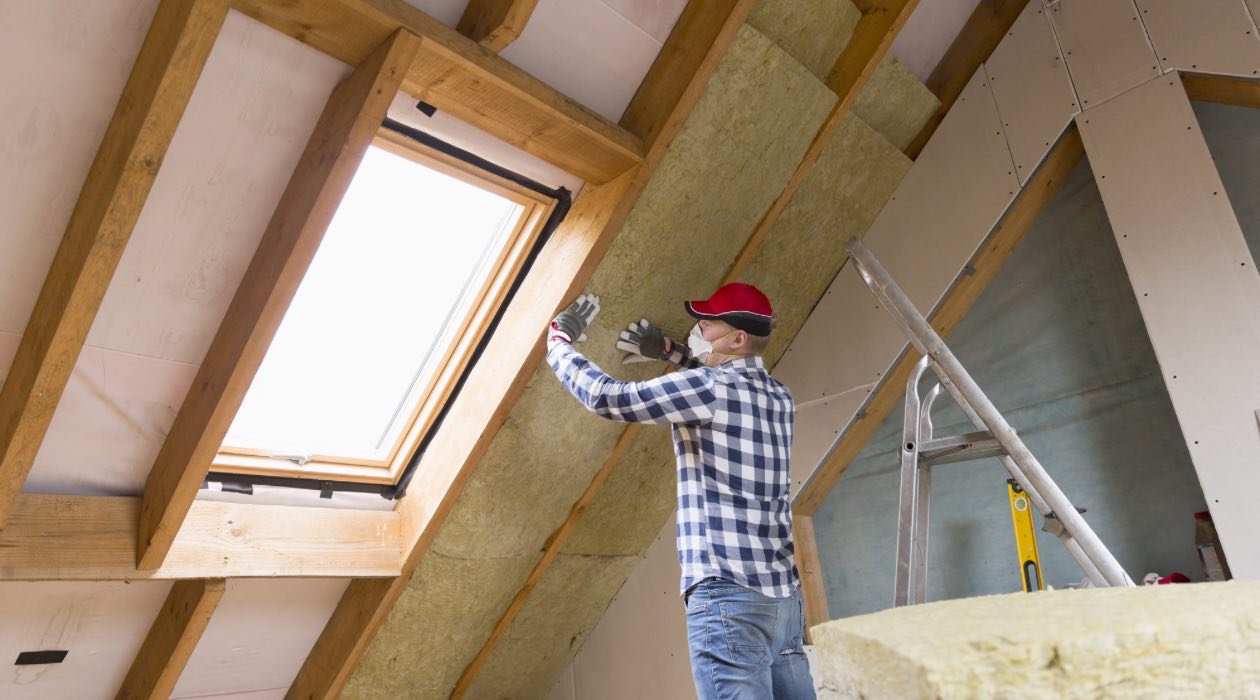
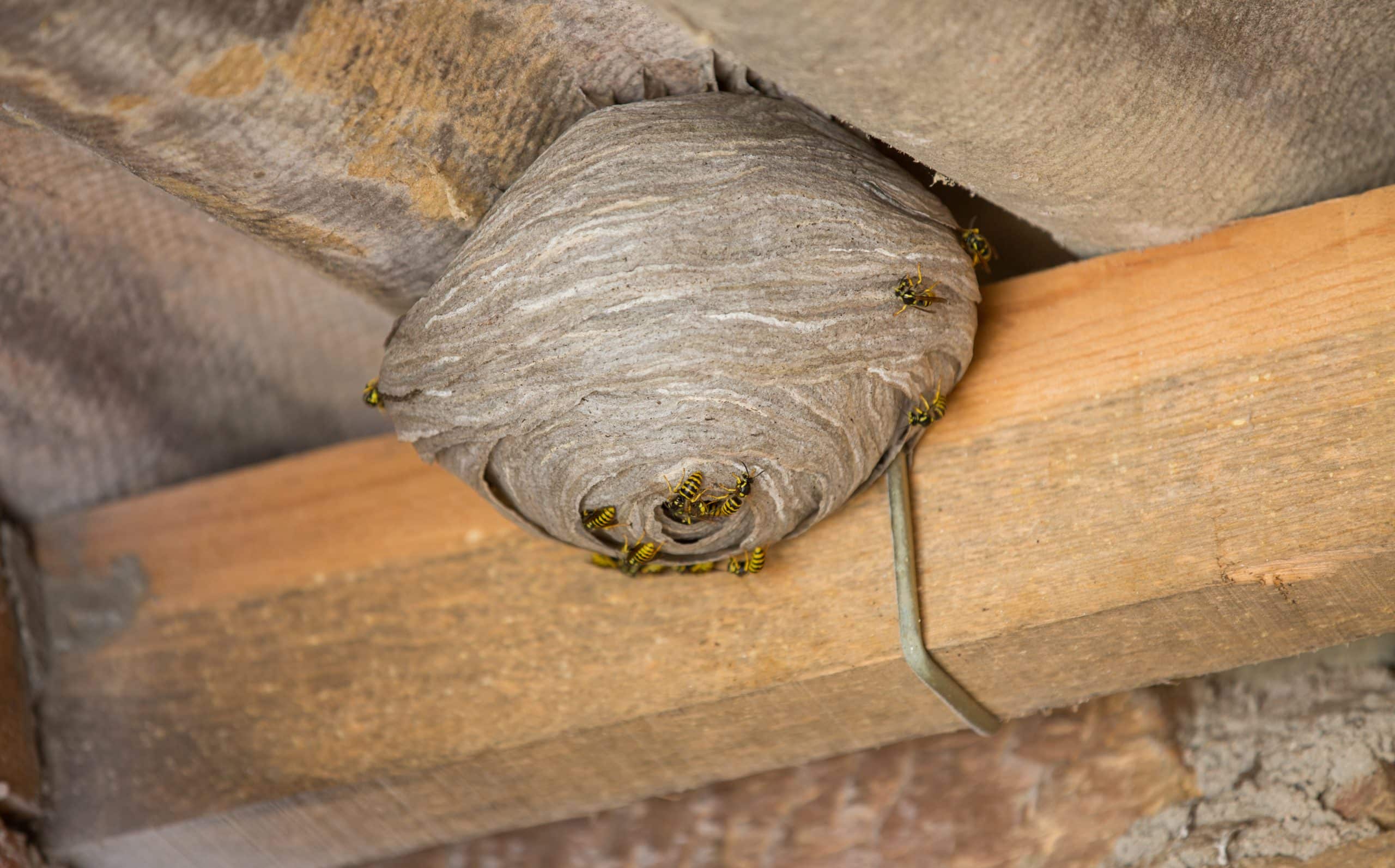
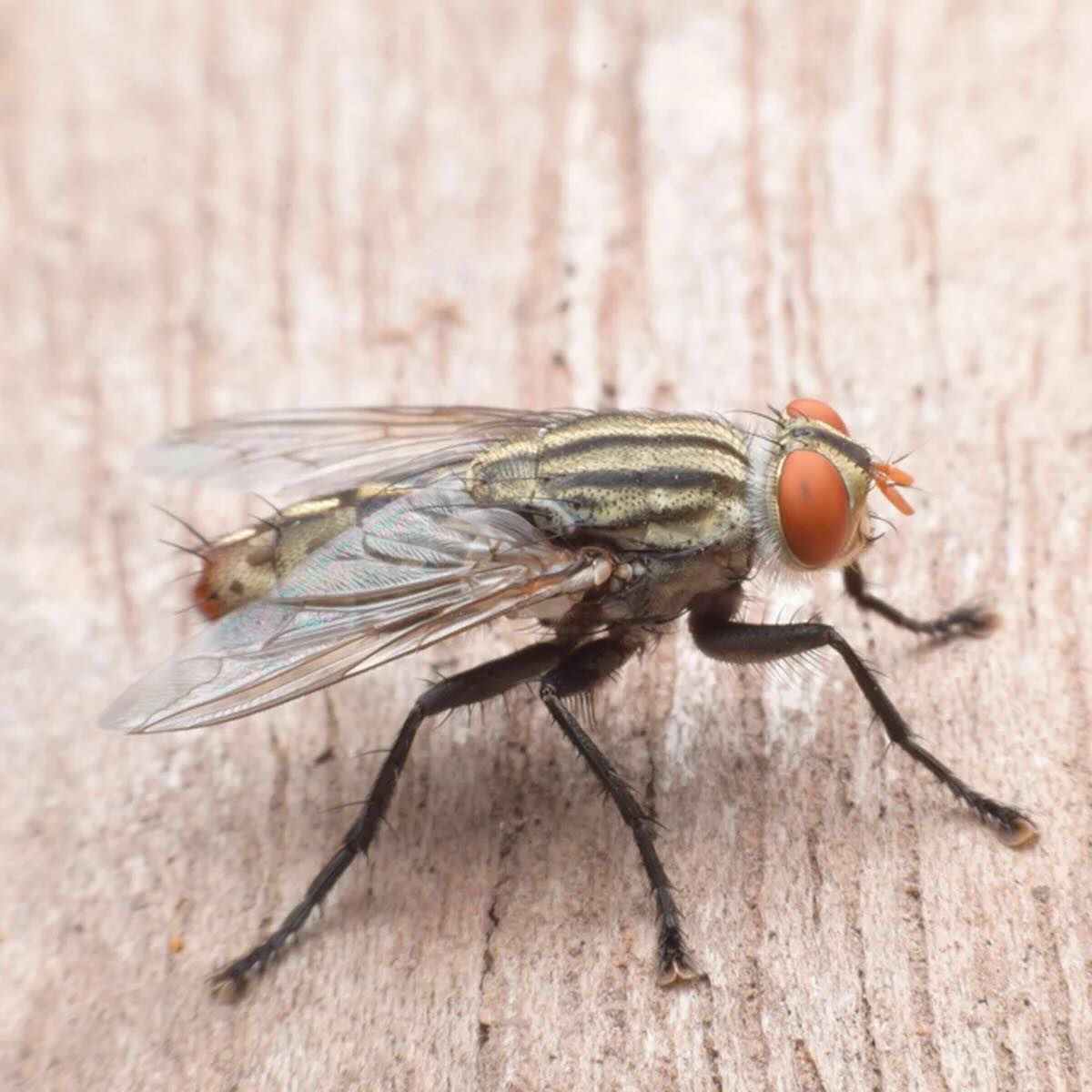
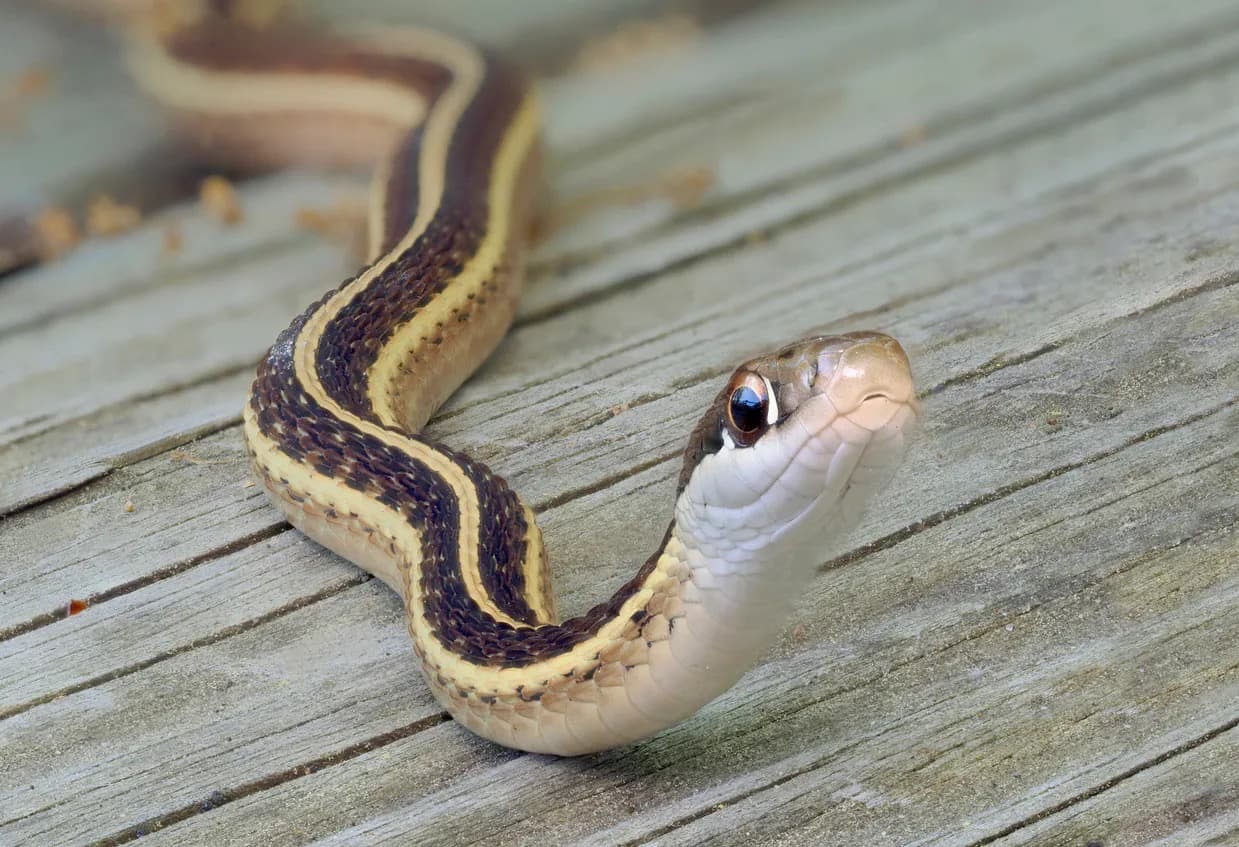
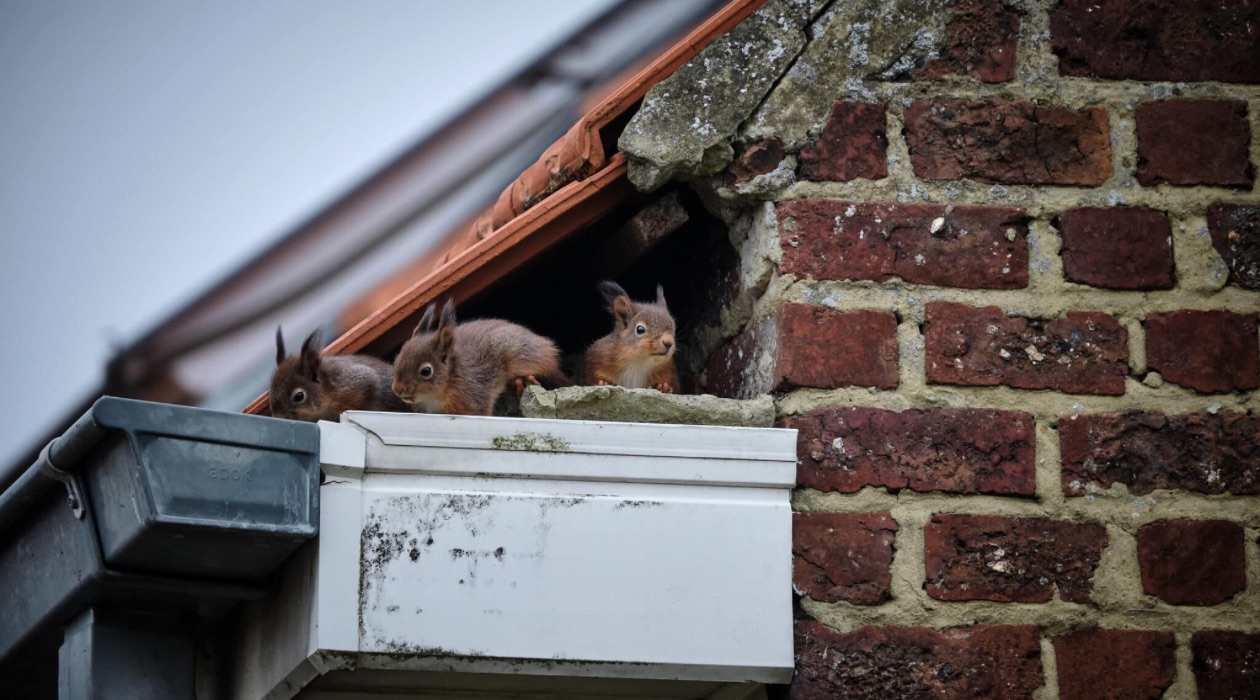
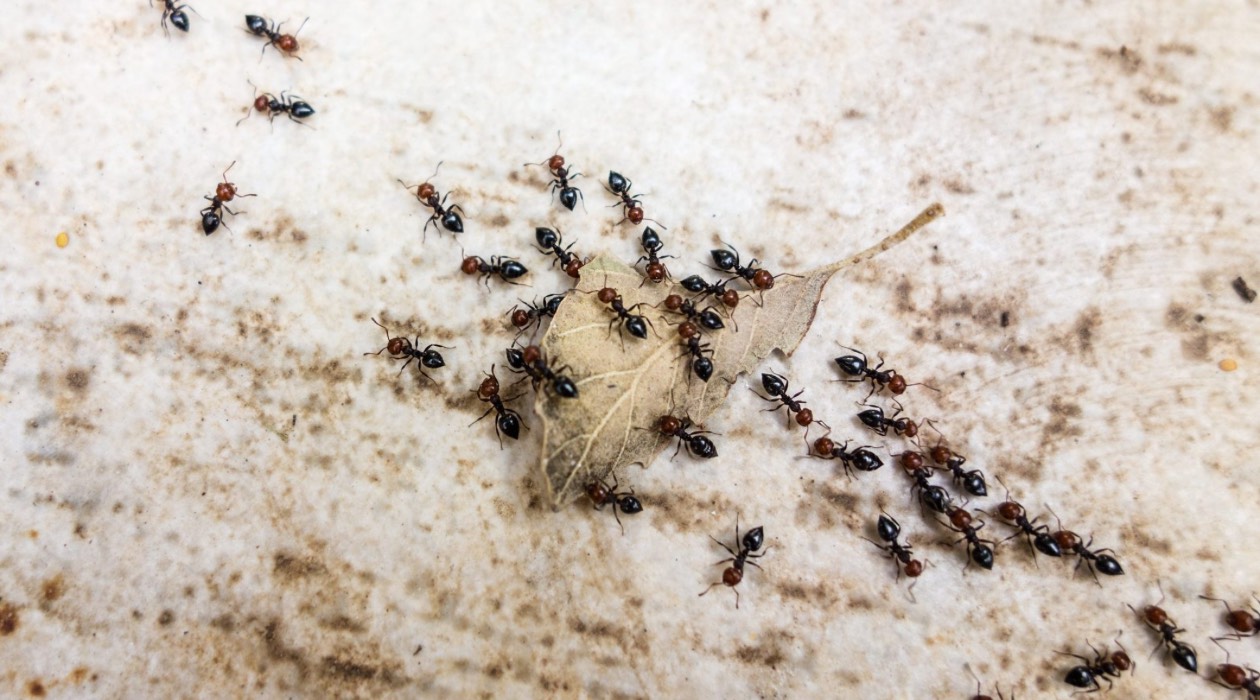
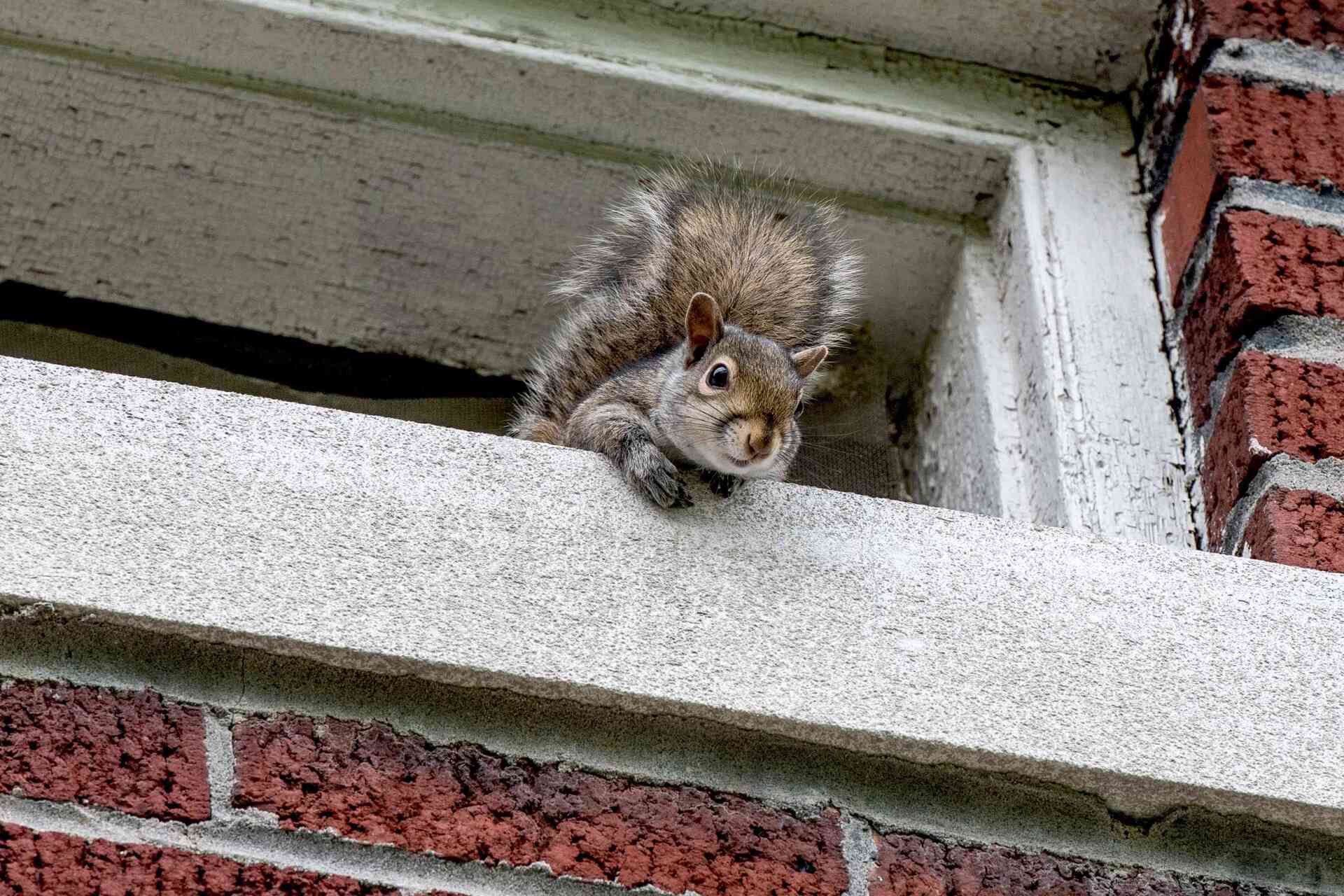


0 thoughts on “How To Get Rid Of Rodents In Your Attic”